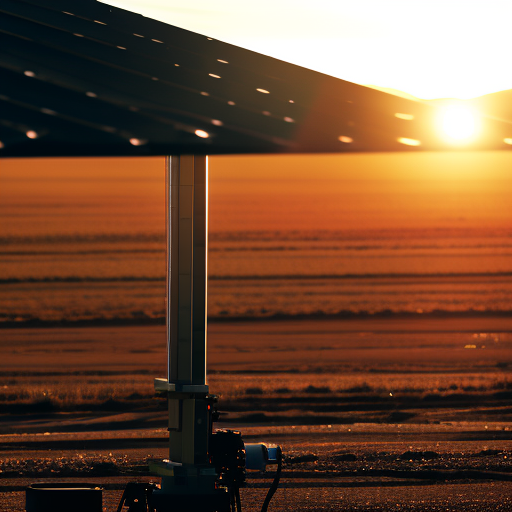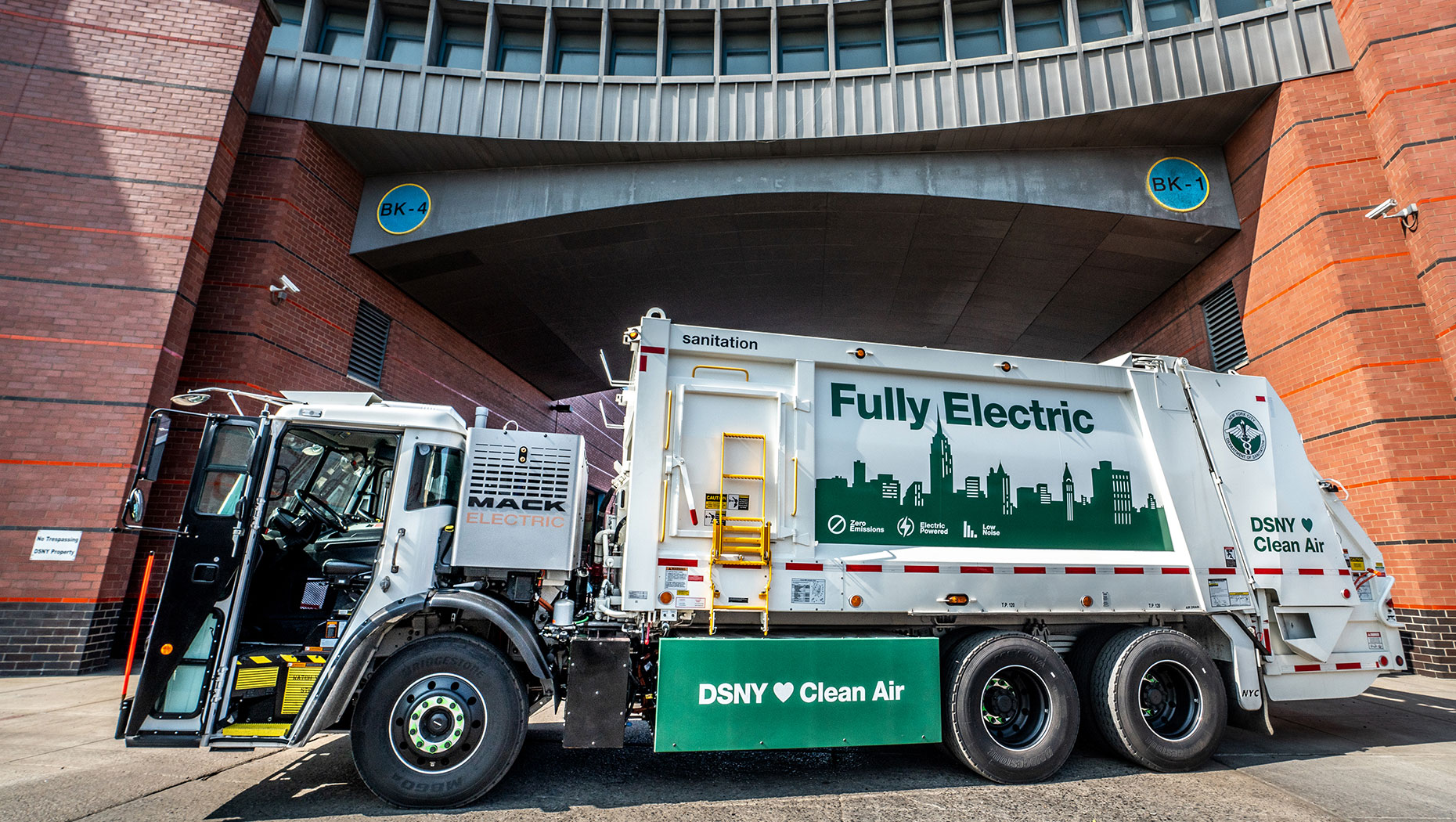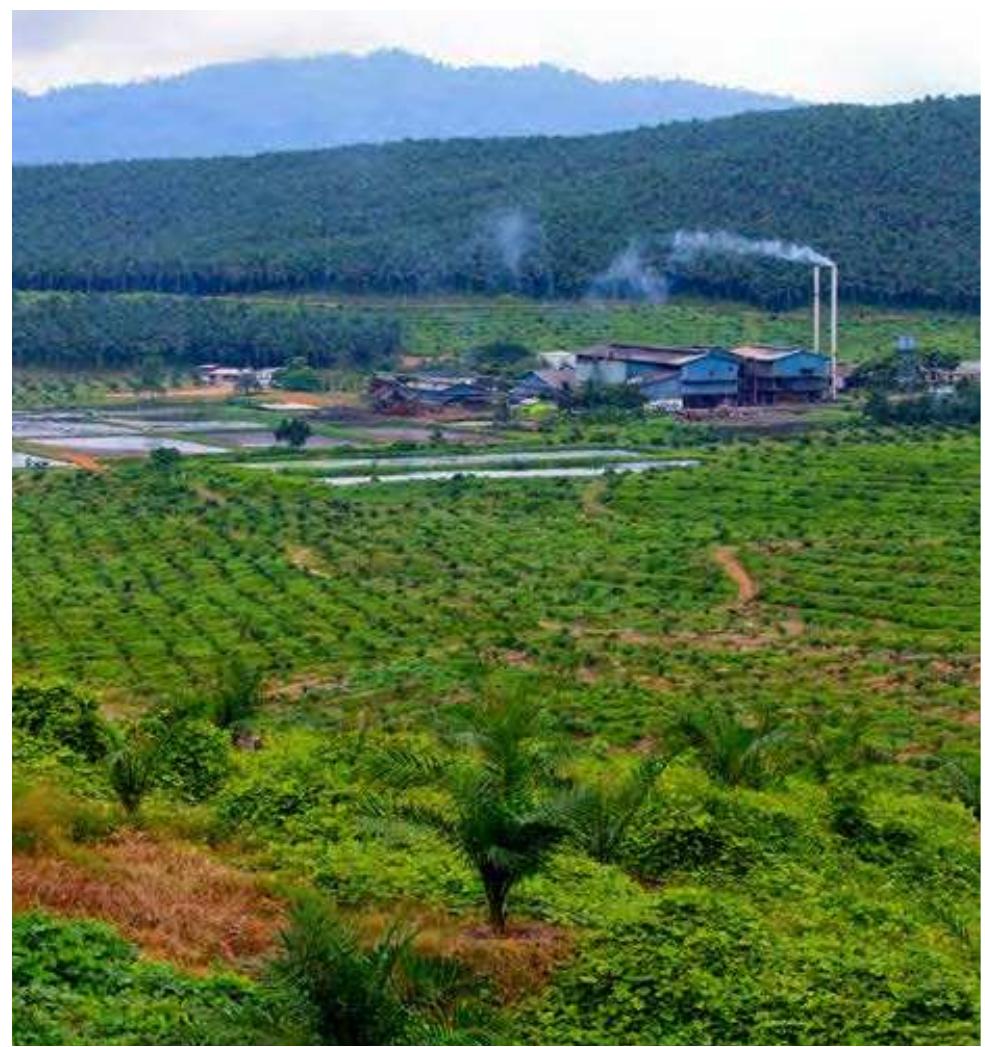
Concentrating Solar Power: A Report on Sustainable Development Goals

Concentrating Solar Power, or CSP, is a renewable energy technology that harnesses the power of the sun to generate electricity. Unlike photovoltaic (PV) solar, which directly converts sunlight into electricity, CSP uses the sun’s energy to produce heat that drives a turbine. One of the key advantages of CSP is its ability to store heat for extended periods, allowing it to provide grid stability even when sunlight is not available. In the context of Sustainable Development Goals (SDGs), CSP plays a crucial role in promoting clean and affordable energy (SDG 7) and combating climate change (SDG 13).
US Department of Energy’s Investment in CSP
The US Department of Energy recognizes the potential of CSP and has allocated nearly US$100 million to fund 25 research and development projects in this field. The aim is to advance CSP technologies and overcome the barriers that have hindered its widespread deployment in the US for decades. By supporting the development of CSP, the US government is contributing to SDG 7 by promoting the use of renewable energy sources and reducing reliance on fossil fuels.
Generations of CSP Technology
CSP technology has evolved over time, with each generation focusing on improving efficiency and performance. The current focus is on Gen 3 CSP technology, which aims to achieve higher temperature heat and more efficient power cycles. This advancement is crucial for enhancing the competitiveness of CSP and making it a viable alternative to other “clean firm” power sources like geothermal. By investing in Gen 3 CSP technology, the US is contributing to SDG 9, which promotes innovation and infrastructure development.
Barriers to Deployment
Despite its potential, CSP faces several barriers to widespread deployment. The steep learning curve and capital intensity of CSP plants pose significant challenges for investors and developers. Additionally, the construction of large thermal plants carries inherent risks. Overcoming these barriers is essential to unlock the full potential of CSP, particularly in bridging seasonal energy storage gaps. By addressing these challenges, the US can contribute to SDG 7 by ensuring access to affordable, reliable, sustainable, and modern energy for all.
Conclusion
Concentrating Solar Power (CSP) offers a promising solution for generating renewable electricity and addressing the challenges of grid stability and seasonal energy storage. The US Department of Energy’s investment in CSP research and development demonstrates its commitment to promoting sustainable energy solutions. By overcoming barriers to deployment and advancing CSP technology, the US can contribute to achieving the Sustainable Development Goals, particularly SDG 7 (Affordable and Clean Energy) and SDG 13 (Climate Action).
Stay Connected
Follow us on social media to stay updated with the latest news and insights from the energy sector. You can find us on @theenergygang on X. Subscribe to the Energy Gang on Apple Podcasts or Spotify so you don’t miss the next show.
For more analysis and to keep up-to-date with everything that happens with the Energy Gang, sign up to our weekly Inside Track newsletter.
SDGs, Targets, and Indicators
| SDGs | Targets | Indicators |
|---|---|---|
| SDG 7: Affordable and Clean Energy | 7.1 By 2030, ensure universal access to affordable, reliable, and modern energy services | No specific indicators mentioned in the article |
| SDG 9: Industry, Innovation, and Infrastructure | 9.4 By 2030, upgrade infrastructure and retrofit industries to make them sustainable, with increased resource-use efficiency and greater adoption of clean and environmentally sound technologies and industrial processes | No specific indicators mentioned in the article |
| SDG 13: Climate Action | 13.2 Integrate climate change measures into national policies, strategies, and planning | No specific indicators mentioned in the article |
1. Which SDGs are addressed or connected to the issues highlighted in the article?
The issues highlighted in the article are connected to SDG 7: Affordable and Clean Energy, SDG 9: Industry, Innovation, and Infrastructure, and SDG 13: Climate Action.
2. What specific targets under those SDGs can be identified based on the article’s content?
Based on the article’s content, the specific targets that can be identified are:
- SDG 7.1: By 2030, ensure universal access to affordable, reliable, and modern energy services.
- SDG 9.4: By 2030, upgrade infrastructure and retrofit industries to make them sustainable, with increased resource-use efficiency and greater adoption of clean and environmentally sound technologies and industrial processes.
- SDG 13.2: Integrate climate change measures into national policies, strategies, and planning.
3. Are there any indicators mentioned or implied in the article that can be used to measure progress towards the identified targets?
No specific indicators are mentioned or implied in the article that can be used to measure progress towards the identified targets.
Source: woodmac.com







